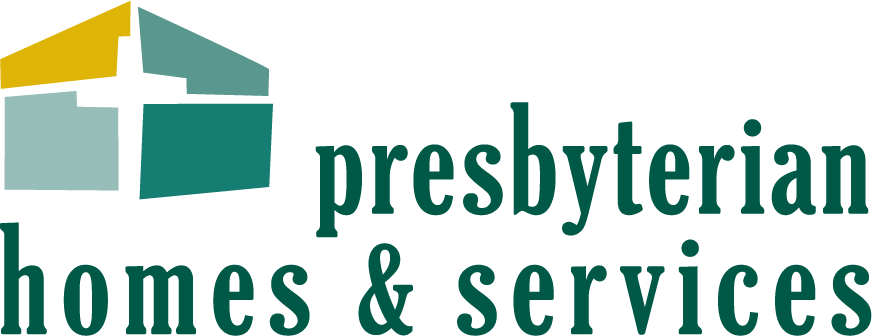Being a homeowner is more than just mortgage payments. Even when the mortgage has been paid, owning a home comes with ongoing expenses like lawn care, snow removal, roof repairs and heating/cooling costs. These expenses are usually included in rent, making choosing life in a senior living community a smart financial decision.
Understanding your finances
Knowledge is power.

A smart choice
Living in a senior community can be more affordable than owning a home.
Compare the costs
Compare the costs of living in a senior living community to the costs of your current household. Start by looking at your monthly household expenses.
Speak with a listening ear
Many residents begin their journey in a similar situation. As we work together to find your perfect fit, you can have confidence in sharing anything. Your trust is our number one priority.
Ask questions
Discover the many amenities, benefits and conveniences included when you join a community. Presbyterian Homes & Services provides communities that cater to a range of budgets.
Take control
Curious about financial assistance programs? Learn more about achieving financial freedom and the peace of mind that comes with good financial planning.
Explore your options
Discover the best options for your financial well-being. Let’s have an open and honest conversation addressing your individual needs and concerns.
Let’s get started.

Build a secure financial future
Tap into resources that care for the caregiver.
Not sure where to start? We can help.
Map your journey to your new home.
